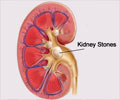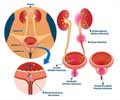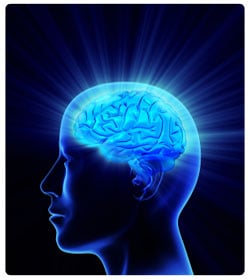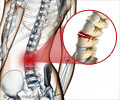- Autonomic dysreflexia; a medical emergency - (http://www.ncbi.nlm.nih.gov/pmc/articles/pmc1939947/)
- NEUROLOGICAL SYSTEM - (http://calder.med.miami.edu/providers/nursing/neuro.html)
- Autonomic dysreflexia - (https://en.wikipedia.org/wiki/autonomic_dysreflexia)
What is Autonomic Dysreflexia?
Autonomic dysreflexia is an emergency condition that occurs in patients with spinal cord injuries especially in the upper thoracic region. This condition is characterized by hyperactivity of the autonomic nervous system.
The autonomic nervous system controls the involuntary functions of the body like the beating of the heart, breathing and gastrointestinal function. Autonomic dysreflexia results in very high blood pressure, which can have serious consequences.
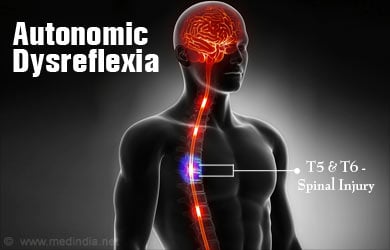
What are the Causes of Autonomic Dysreflexia?
Autonomic dysreflexia often occurs in patients with a spinal injury, surgery or tumor occurring at or above the level of the 6th vertebra in the thoracic region. In some cases, however, autonomic dysreflexia has even occurred even in lower injuries up to the 10th thoracic vertebra. Common causes of autonomic dysreflexia in patients with spinal pathology include pain or any other strong stimulus below the level of the injury. Some of these are listed below:
- Conditions affecting the bladder like an overfull bladder with an inability to pass urine, obstructed catheter in the bladder, urinary tract infection
- Overfull bowel or constipation
- Gall stones, stomach ulcers or gastritis
- Skin problems like sores or in grown toe nails
- Sexual activity
- Tight clothes
- Broken bones or injuries
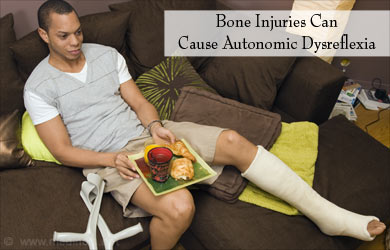
- Intake of medications like cocaine and amphetamines
Patients with conditions like Guillian Barre syndrome may also suffer from autonomic dysreflexia.
What are the Symptoms and Signs of Autonomic Dysreflexia?
The main symptoms and signs of autonomic dysreflexia include:
- Excessive rise in blood pressure
- Throbbing headaches
- Excessive perspiration above the level of the spinal cord injury
- Muscle spasms
- Change in skin color resulting in redness of face
- Fever
- Goose bumps below the level of the injury
- Restlessness

If the autonomic dysreflexia is left untreated, then it can lead to some complications like seizures, bleeding into the brain resulting in stroke or retina, heart attack, impaired kidney function, and fluid accumulation in lungs.
How is Autonomic Dysfunction diagnosed?
If a person with spinal cord injury experiences any or all of the above symptoms, it is important to approach the treating physician at the earliest. The physician will take a complete check of the patient including the nervous system and try to identify the cause. The blood pressure will be checked in various positions. Some of the tests that may be asked for by the doctor include:
- ECG or an echocardiogram to check the heart function
- Blood and urine tests
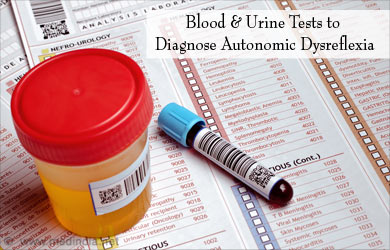
- Ultrasound to check for renal calculi, gallstones etc.
- An MRI or X-ray of the spine
How is Autonomic Dysfunction treated?
A patient with autonomic dysreflexia should be made to sit upright with the head raised and all tight clothing should be removed. Blood pressure should be monitored and medications should be administered to lower the blood pressure.
Secondly, any condition that caused the autonomic dysreflexia should be treated. Since the two main causes for autonomic dysreflexia in a patient with a spinal cord injury are an overfull bladder and a full bowel, treatment should be directed at relieving these issues with catheterization of bladder or enema, respectively. Any other suspected cause should also be treated.
How to prevent Autonomic Dysreflexia?
Some tips to prevent autonomic dysreflexia in a patient with a spinal cord injury are:
- Make sure that the patient’s bladder is empty
- If a catheter is in place, make sure that it is draining urine
- Make sure that the patient empties his bowel regularly. Treat constipation if necessary
- Make sure that the patient does not get any urinary infections
- Keep the skin clean from allergies, infections and bed sores

